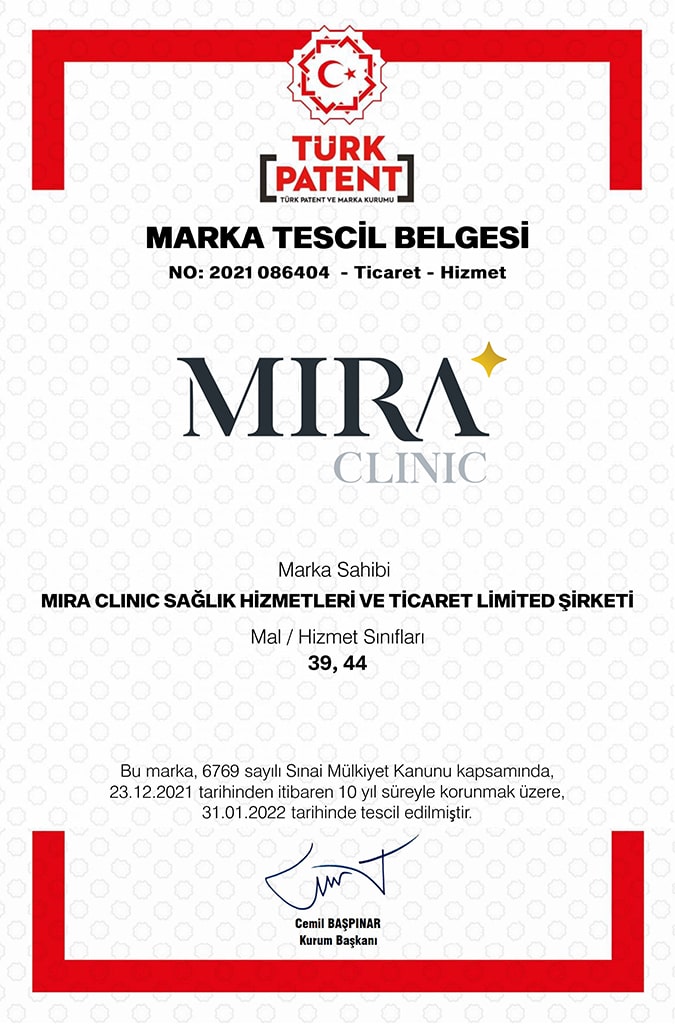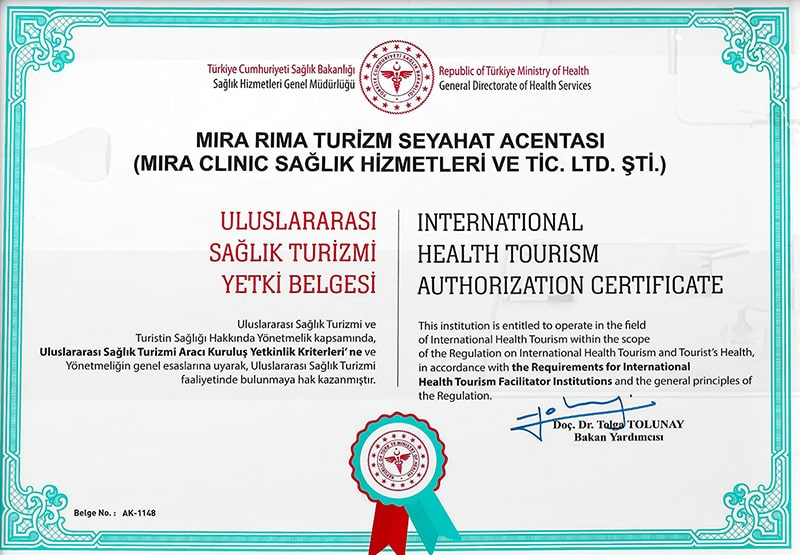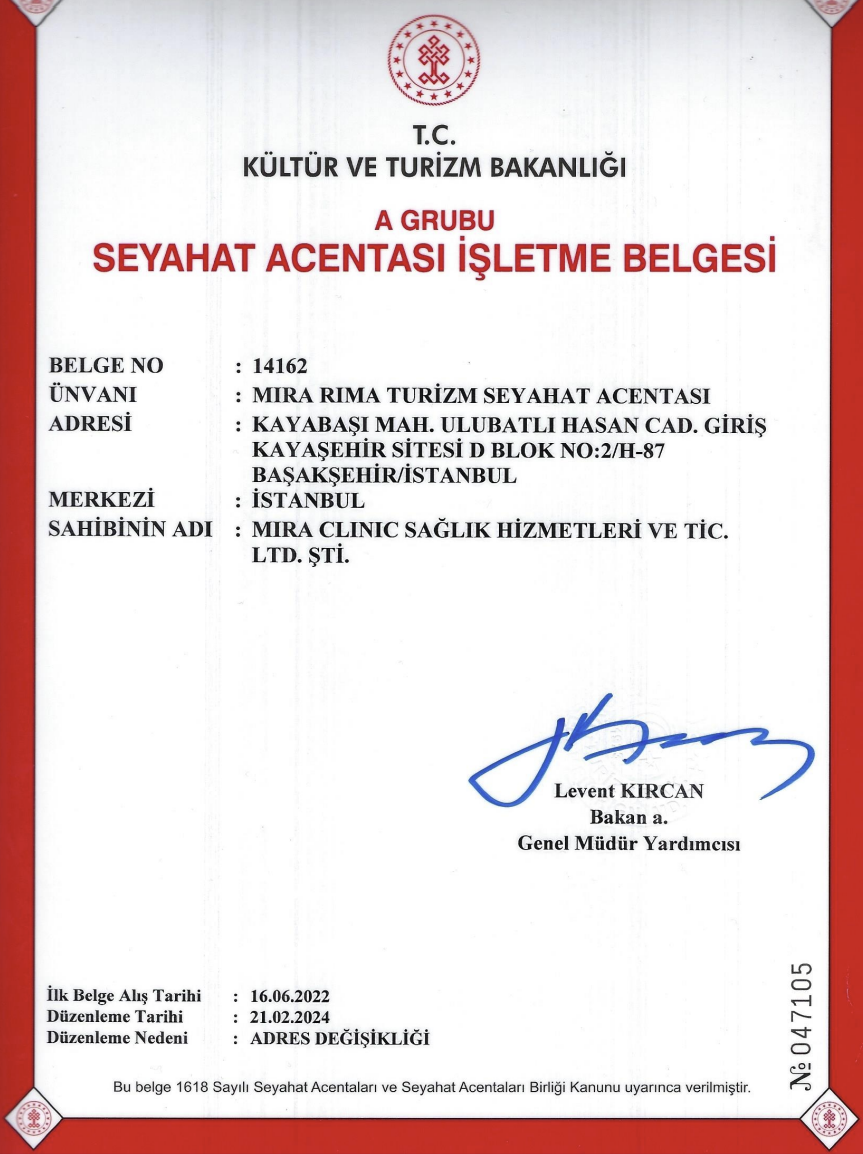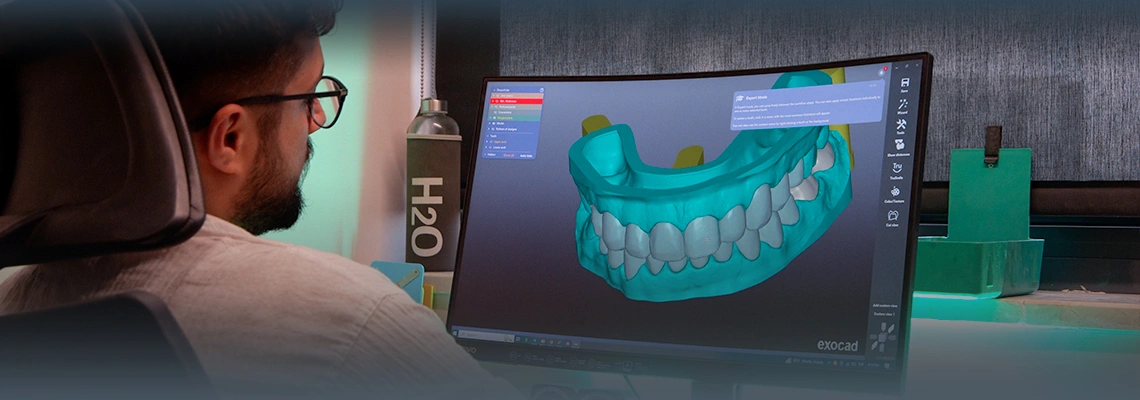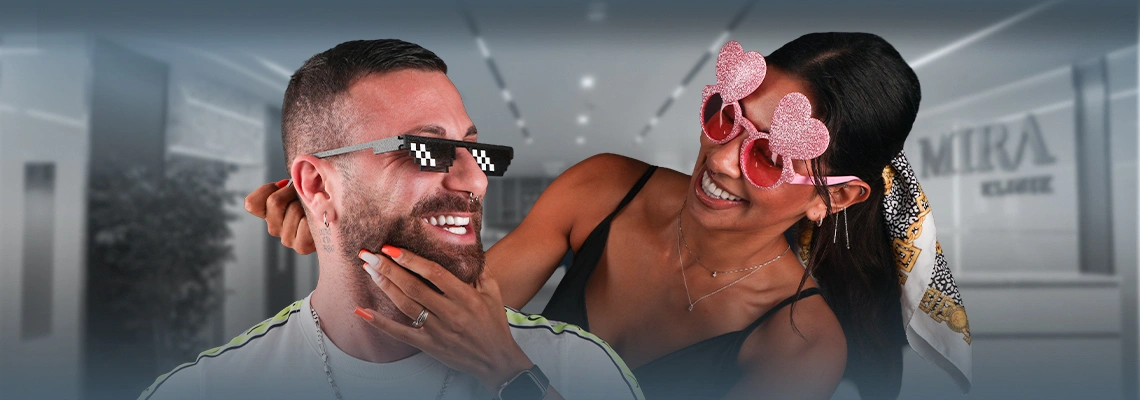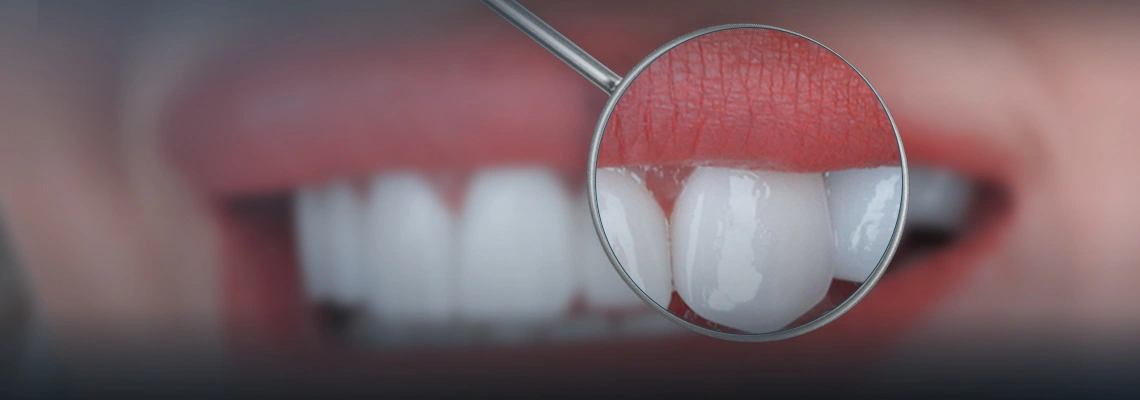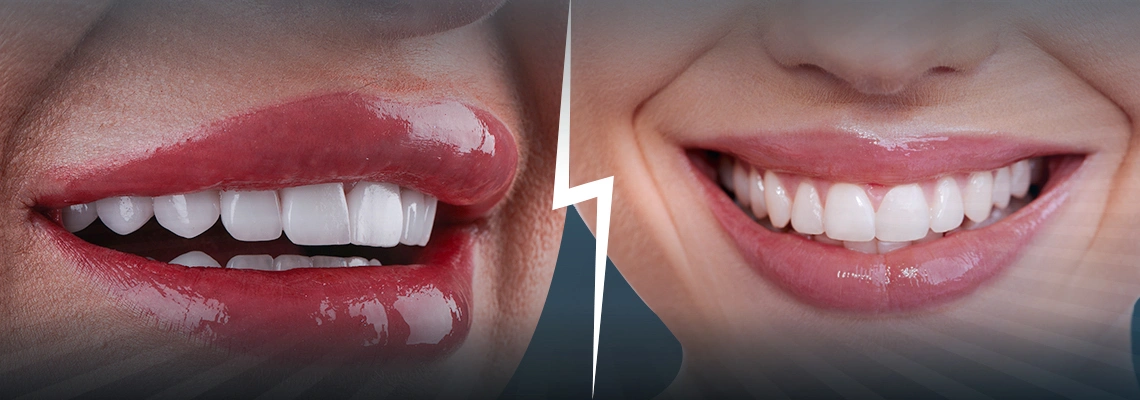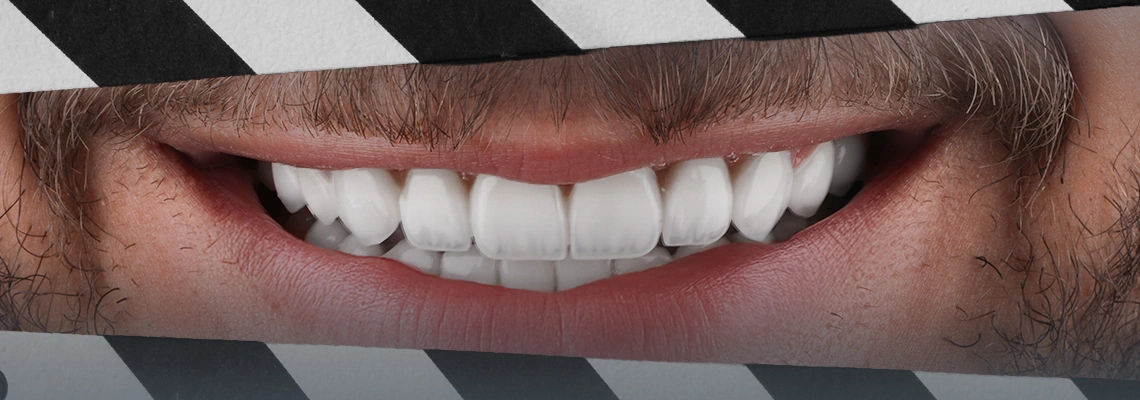Facial fillers are a popular cosmetic treatment for reducing wrinkles, plumping lips, and restoring youthful volume. But with so many options and varying results, one of the biggest questions remains: how long do fillers last on the face? Understanding the answer can help you manage expectations and plan for touch-up treatments.
This article explores the world of facial filler longevity, exploring how long fillers last in different areas, what happens when they wear off, and how often maintenance might be needed.
Table of contents:
- How long do fillers last around the mouth in smile lines?
- How long does filler last in the cheeks?
- How long do fillers last under the eyes?
- What happens when fillers wear off?
- How often do fillers need to be replaced?
- Do fillers change your face over time?
- What are the side effects of dermal fillers?
How long do fillers last around the mouth in smile lines?
Fillers can effectively reduce the appearance of smile lines by plumping up the underlying tissue and smoothing out the wrinkles. However, the longevity of the results depends on several factors, including the type of filler used, the severity of the wrinkles, and your anatomy. Here, the type of filler used plays a big role in its lifespan. Hyaluronic acid (HA) fillers, the most common type, typically last 6 to 12 months around the mouth. This is because this area experiences a lot of movement, which breaks down the filler faster.
Table of contents:
- Filler Injection in turkey 2024
- What are the main differences between Botox injections and fillers?
- Lip Filler in Turkey: Types, Longevity, Healing, Cost and More
How long does filler last in the cheeks?
Cheek fillers, used to restore volume and definition to the face, offer longer-lasting results than fillers placed around the mouth. This is because the cheeks are a less mobile area. Depending on the product and the amount of filler used, cheek fillers can last anywhere from 12 months to 2 years. Thicker fillers designed for deeper volume restoration typically last longer than those designed for subtle plumping. Additionally, your lifestyle habits can influence how long fillers last. Factors like smoking and sun exposure can accelerate the breakdown of hyaluronic acid fillers.
How long do fillers last under the eyes?
The delicate under-eye area requires special care due to the thinness of the skin and the constant movement throughout the day. HA fillers formulated specifically for the under-eyes are designed to be thinner and more malleable than those used in other areas of the face. This allows them to blend seamlessly and create a natural look. While results can vary depending on the individual, under-eye fillers can last up to 12 months. However, it's important to note that tear trough fillers may not completely address hollowness, especially in cases of severe volume loss. In such cases, a combination approach that includes fillers along with other treatments like laser resurfacing or fat grafting might be recommended for optimal results.
What happens when fillers wear off?
The duration of filler injections varies depending on the type of filler used and the injection site. As the effects of filler injections on the skin fade, the face reverts to its natural state, as it was before the filler injections were administered. The skin will not appear more saggy or wrinkled, as the skin has a higher degree of elasticity and naturally restores its original structure.
How often do fillers need to be replaced?
The frequency of touch-up treatments depends on the type of filler and the treated area. Generally, expect to return for filler maintenance every 6 to 18 months. However, a consultation with a qualified dermatologist will give you a more personalized estimate based on your specific needs and the filler used.
_1732188447.jpg)
Do fillers change your face over time?
Fillers themselves don't inherently change your face structure. However, repeated injections over a long period can lead to subtle changes. This is because fillers can add support to underlying tissues, potentially influencing how your face ages.
What are the side effects of dermal fillers?
Despite the numerous aesthetic benefits of dermal fillers, like any other cosmetic procedure, it is not without some side effects. These side effects can be categorized into common and less common ones, as follows:
Common side effects of dermal fillers:
-
Bruising: This is a very common side effect and usually resolves within a few days.
-
Swelling: Swelling is also common and typically subsides within a week.
-
Redness: Redness at the injection site is another common side effect that usually goes away within a few days.
-
Pain or tenderness: Some discomfort may be experienced at the injection site, but it usually subsides quickly.
Less common side effects of dermal fillers:
-
Itching: Itching at the injection site is another possible side effect.
-
Rash: In rare cases, a rash may develop at the injection site.
-
Allergic reaction: Allergic reactions to fillers are rare, but they can occur. Symptoms of an allergic reaction include hives, itching, swelling, and difficulty breathing.
-
Tissue death: In very rare cases, the filler can block blood flow to the tissue, causing tissue death. This is a serious complication that requires immediate medical attention.
_1732188525.jpg)
At Mira Clinic, our board-certified dermatologists exclusively use high-quality, FDA-approved fillers to create personalized treatment plans that address your specific concerns. If you're considering dermal fillers in Turkey, don't hesitate to contact Mira Clinic for a free online consultation.
Sources:
- How long do dermal fillers last?
- https://www.plasticsurgery.org/news/blog/how-long-do-dermal-fillers-last?amp=1
- How Long Do Dermal Fillers Last?
- https://www.healthline.com/health/how-long-does-filler-last
